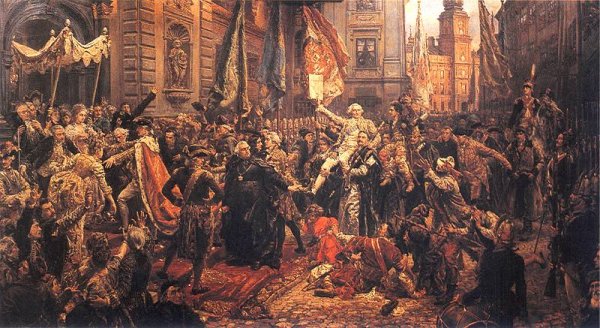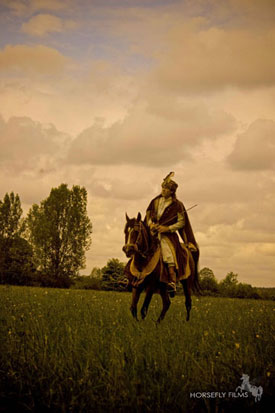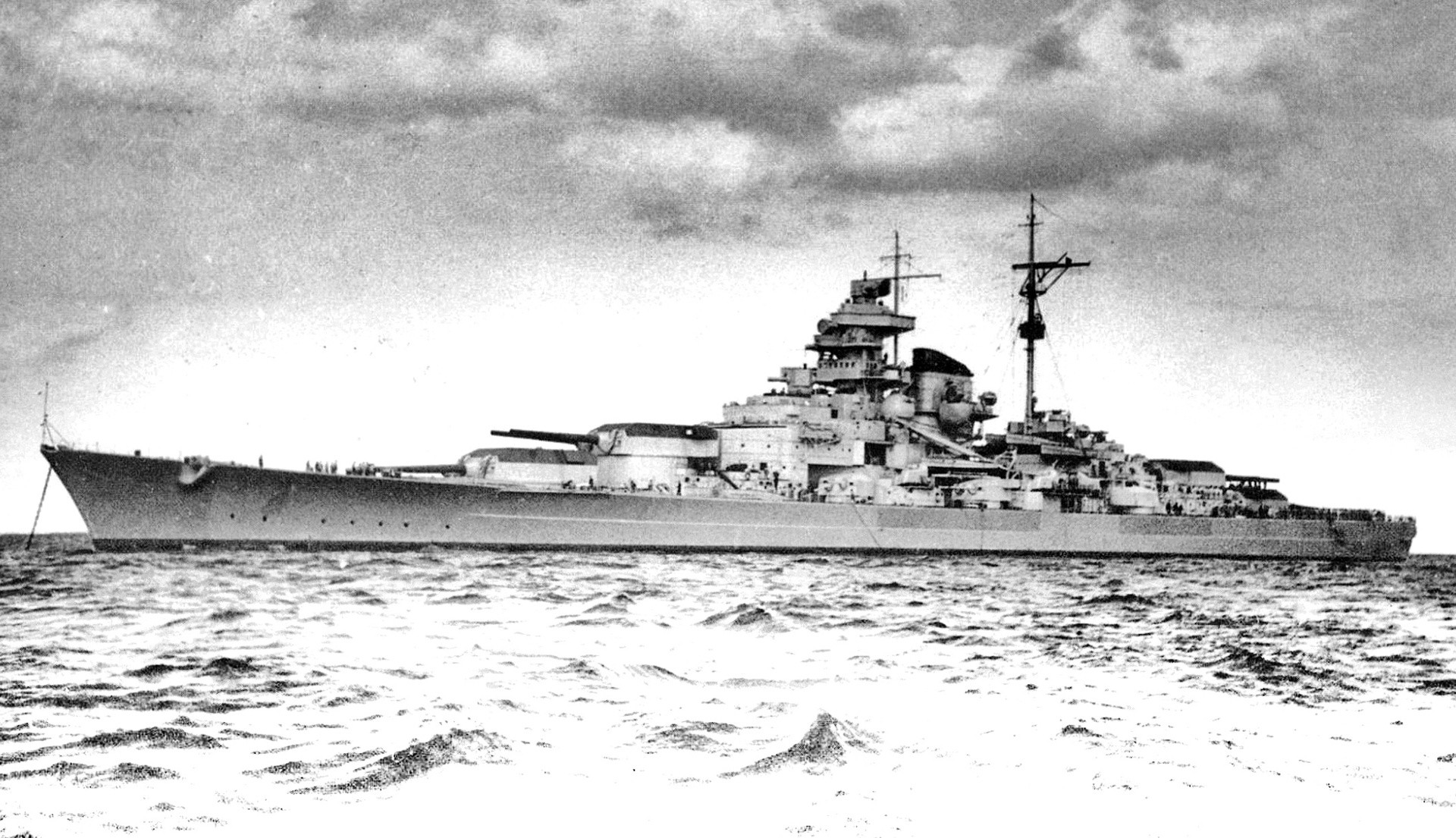SobieskiSavedEurope
Gold Member
- Thread starter
- Banned
- #521
Polish pottery plant makes tableware for... CIA!
447
??
 The order, which the company handled some time ago, was strictly confidential until the US Central Intelligence Agency declassified information about it. The design of the pottery produced for the CIA is reserved and not available for purchase.
The order, which the company handled some time ago, was strictly confidential until the US Central Intelligence Agency declassified information about it. The design of the pottery produced for the CIA is reserved and not available for purchase.
Predictably, it is unclear how the CIA zeroed in on Bolesławiec and why it decided to place an order with the Polish pottery maker. “Perhaps it was the result of a visit by American soldiers to our company, or maybe the fact that our products are sold at the Pentagon,” Helena Smoleńska, CEO of the Bolesławiec factory in southwestern Poland, told the broadcaster. “It was a unique order, one of a kind globally.”
Handling the job was quite a task as well. The biggest challenge was to render the agency's logo in the right way. Each time it had to be painted by hand with no templates used. The colour pattern also had to be selected properly and meet the requirements of the Americans, the broadcaster said.
Bolesławiec exports 90 percent of its products, selling them to 25 countries worldwide, with buyers in the United States snapping up roughly half the shipments.
Polish pottery plant makes tableware for... CIA!
447
??
- Home Page
- Arts
- Architecture and Design
- Polish pottery plant makes tableware for... CIA!

Predictably, it is unclear how the CIA zeroed in on Bolesławiec and why it decided to place an order with the Polish pottery maker. “Perhaps it was the result of a visit by American soldiers to our company, or maybe the fact that our products are sold at the Pentagon,” Helena Smoleńska, CEO of the Bolesławiec factory in southwestern Poland, told the broadcaster. “It was a unique order, one of a kind globally.”
Handling the job was quite a task as well. The biggest challenge was to render the agency's logo in the right way. Each time it had to be painted by hand with no templates used. The colour pattern also had to be selected properly and meet the requirements of the Americans, the broadcaster said.
Bolesławiec exports 90 percent of its products, selling them to 25 countries worldwide, with buyers in the United States snapping up roughly half the shipments.
Polish pottery plant makes tableware for... CIA!












 Español
Español


